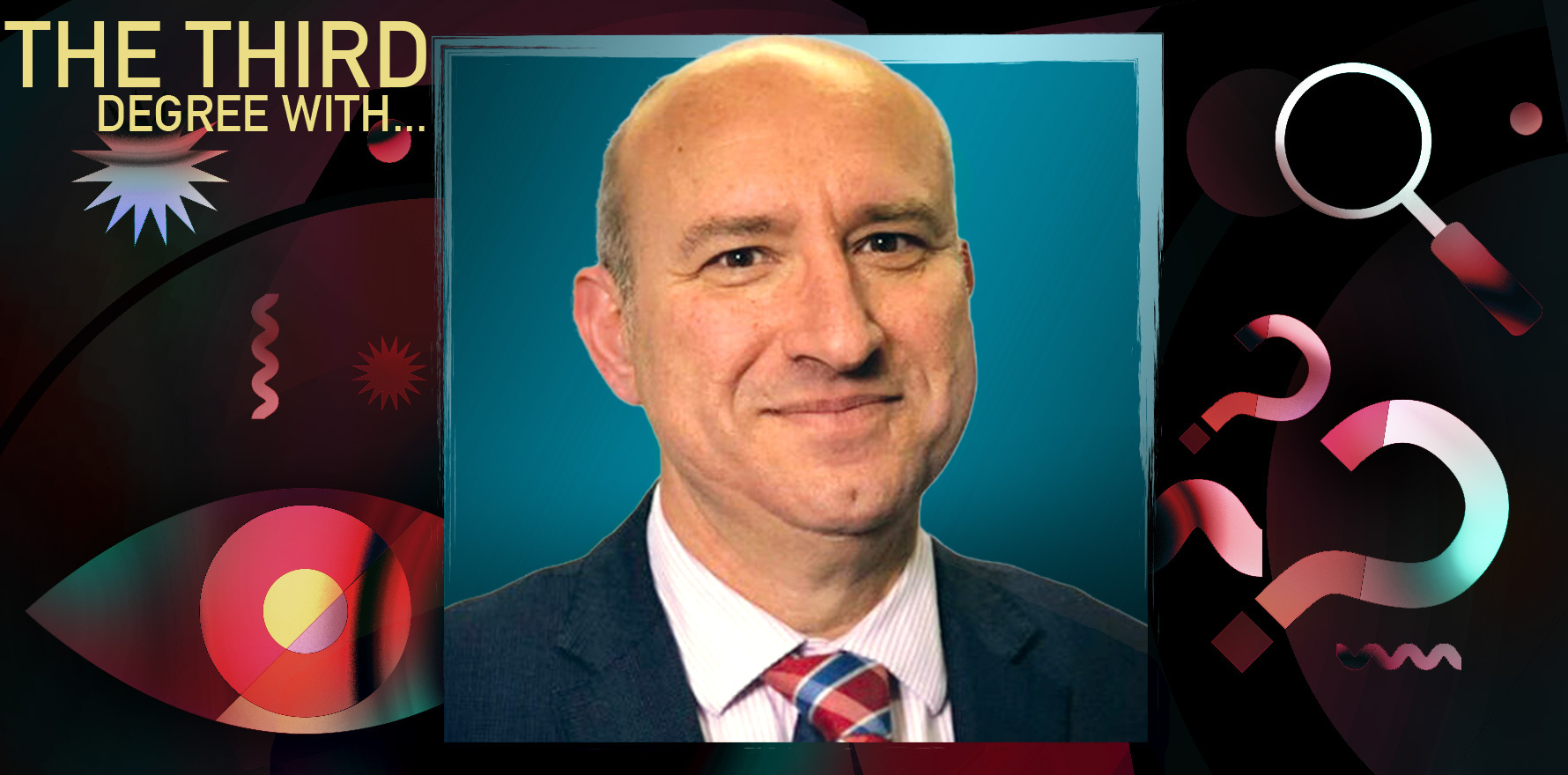
And a leading Australian dermatologist says the impacts will be felt here, particularly in areas where scabies and Buruli ulcer are major issues.
The World Health Assembly has for the first time ever officially declared skin diseases a “Global Public Health Priority”.
The 78th annual WHA gathering wrapped up in Geneva this week after nine days of meetings, including a session on Saturday at which the resolution on skin diseases was discussed.
The WHA is the decision-making body of the World Health Organization and is attended by delegations from all WHO Member States.
“The resolution expresses the unanimous commitment by Member States to address the burden of all conditions primarily affecting the skin as well as those that are systemic but associated with skin manifestations,” the WHO said in a statement.
“The Resolution is driven by critical gaps that demand urgent action. Skin diseases are among the most visible health conditions, often leading to stigma, discrimination and emotional distress. Yet when recognised and interpreted accurately, skin signs can enable early detection of a wide range of diseases.
“Despite their significant burden, awareness of skin conditions remains low — both among health workers and the general public. Weak surveillance systems further mask their true public health impact. Notably, a small number of common skin conditions account for the vast majority of cases in any community.
“With proper training, medicines and support, local health teams can manage these conditions effectively – strengthening primary care and accelerating progress toward universal health coverage. To facilitate this task, WHO has developed and promoted integrated approaches that improve both service delivery and efficiency, such as the strategic framework for skin-related neglected tropical diseases.”
The resolution would have a direct impact on the millions of people around the world living with skin conditions and diseases, including Australia, said Sydney dermatologist Associate Professor Stephen Shumack.
“It’s a very big deal,” he told Dermatology Republic.
He said there had been a strong international push from the dermatology sector and peak bodies such as specialist groups, patient organisations and the International League of Dermatological Societies (ILDS), of which Professor Shumack is a board member and treasurer.
“It’s very good news, because it does mean now that skin diseases have been declared a global health priority, and this gives the various stakeholders some impetus to lobby governments and other stakeholders to really try and upskill the workforce and improve the treatments that are available for people with skin diseases.
“Hopefully that will help the patients that have got these conditions, because they’ll be diagnosed earlier which things like leprosy, scabies and other cutaneous infections.”
He said countries of all socio-economic standing would benefit, including Australia, where scabies was a major problem in mostly Indigenous communities in the Northern Territory and the northern part of Western Australia.
“With the backing this resolution gives, interest groups who are dealing with this are hopefully able to lobby the territory and state governments, as well as the federal government, to give this not just some funding at the time, but long-term funding,” Professor Shumack said.
“Because we know in Australia, over a period of many years, people have demonstrated that if you can treat the scabies in certain groups certain areas, scabies remains under control for a little while, but then the funding dries up, the education dries up, and lo and behold, a couple of years down the track, scabies is back to the level that was before.”
Buruli ulcer was another condition that had in recent years become more of a problem in Australia, particularly in Victoria and north Queensland.
“Hopefully this will again pressure health departments and governments universities to actually look more carefully at these areas, to hopefully bring out earlier diagnosis and better treatment,” said Professor Shumack.
The resolution was championed by Côte d’Ivoire and co-sponsored by Micronesia, Nigeria, Togo, China, Egypt and Colombia, and unanimously adopted by WHA member states.
“This resolution is not only timely – it is transformative,” said Dr Ibrahima Socé Fall, director of Global Neglected Tropical Diseases at the WHO.
“It gives long-overdue visibility and voice to people suffering from skin diseases, which, if left untreated, can result in disability, stigma and discrimination.”
The resolution underscores the need to address the growing global burden of skin conditions, which affect more than two billion people and are among the top ten causes of disability worldwide. It urges member states to:
- Dedicate sufficient resources and prioritise skin diseases and their associated conditions;
- Enhance national systems for surveillance, data collection, and disease mapping to inform targeted interventions;
- Strengthen primary healthcare education to ensure earlier identification and management of skin diseases.
Through its global network, ILDS, dermatology experts including Professor Shumack, have urged governments, regulators, NGOs and donors to take immediate, coordinated action to turn the resolution into meaningful change by investing in equitable access to skin health services worldwide.
ILDS leaders welcomed the resolution’s focus on bolstering primary healthcare as a vital step toward better and more equitable skin health.
“The resolution’s emphasis on strengthening primary care is key to the earlier diagnosis and management of common skin diseases,” said Professor Lars French, ILDS past president and chair of the ILDS-WHO Committee.
“This will reduce the burden on dermatologists and tertiary centres, while improving overall system resilience.”
ILDS president Professor Henry W Lim said the societies’ global members were ready to support this effort with “our knowledge, tools, and commitment”.
The ILDS now plans to mobilise its network of over 200 dermatological societies in 104 countries to help shape policies, support national implementation strategies and strengthen health systems to better serve people living with skin diseases.
Dr Claire Fuller, chair of the International Foundation for Dermatology, welcomed the patient-centred nature of the resolution.
“The needs of our patients are at the heart of this resolution and its implementation will significantly improve patient outcomes through early detection and more effective care,” she said.
“We congratulate all those who worked so hard to prepare this resolution.”
See the full resolution here.




